The great migration of mosquitoes
Do you agree that mosquitoes are getting worse each summer? Their bites hurt more, they trigger long-lasting allergic reactions, and their temper has worsened. Is the personality of native mosquitoes changing over the years, or are we becoming the target of alien species?

Some mosquito species are spreading across the globe. Image: Adobe Stock
The increase in global trade and traveling in the last decades has contributed significantly to the spread of insects across the globe. Some are short-term visitors while others, if well adapted, can become permanent residents in a new country. A few mosquito species, once native to tropical regions, have been overwintering in Europe due to the higher temperatures.
Alien mosquito species in Switzerland
Aedes albopictus – the Asian tiger mosquito
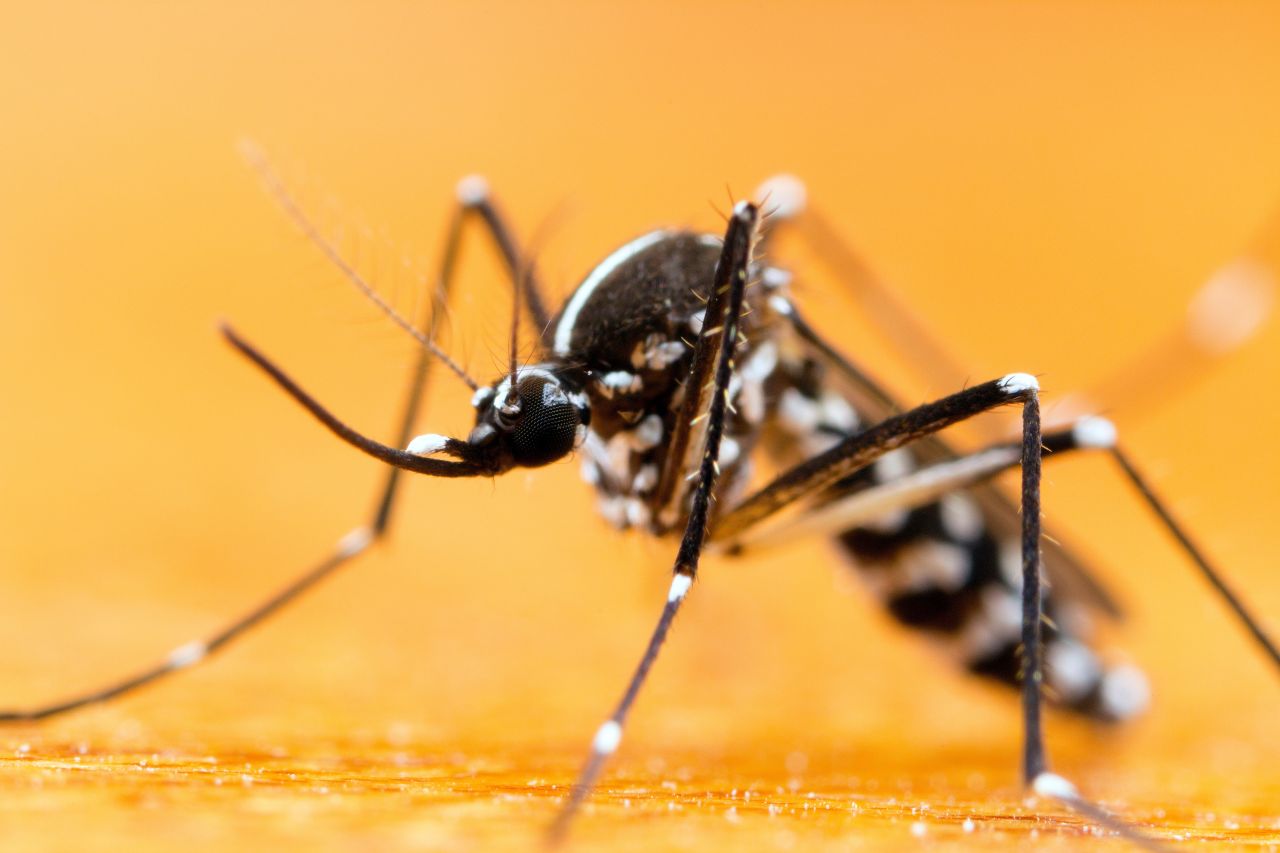
The Asian tiger mosquito has characteristic black and white stripes on its body. Image: Adobe Stock
Among these mosquitoes, Aedes albopictus aka the Asian tiger mosquito is considered a threat for the Swiss health system due to its potential to carry at least 26 arboviruses, which cause nasty diseases such as chikungunya, dengue, and yellow fever. Therefore, surveillance of the Asian tiger mosquito has become a necessity to combat its permanent establishment in Switzerland.
The first appearance of Asian tiger mosquitos in the Canton of Ticino dates to 2003. Since then, their numbers and migration patterns have been monitored by Swiss researchers at SUPSI (Scuola universitaria professionale della Svizzera italiana) and the Swiss TPH (Swiss Tropical and Public Health Institute). Despite the national efforts to eradicate the Asian tiger mosquitoes, their population is increasing across Switzerland. Their successful adaptation is based on the resistance of their eggs to cold and desiccation.
Are there any disease outbreaks caused by the Asian tiger mosquitoes in Switzerland? The short answer is: not yet … However, the chikungunya outbreak in Italy in 2017 and dengue outbreaks that happened in France and Italy in 2023 indicate that Switzerland should be prepared.
Aedes japonicus – the Asian bush mosquito
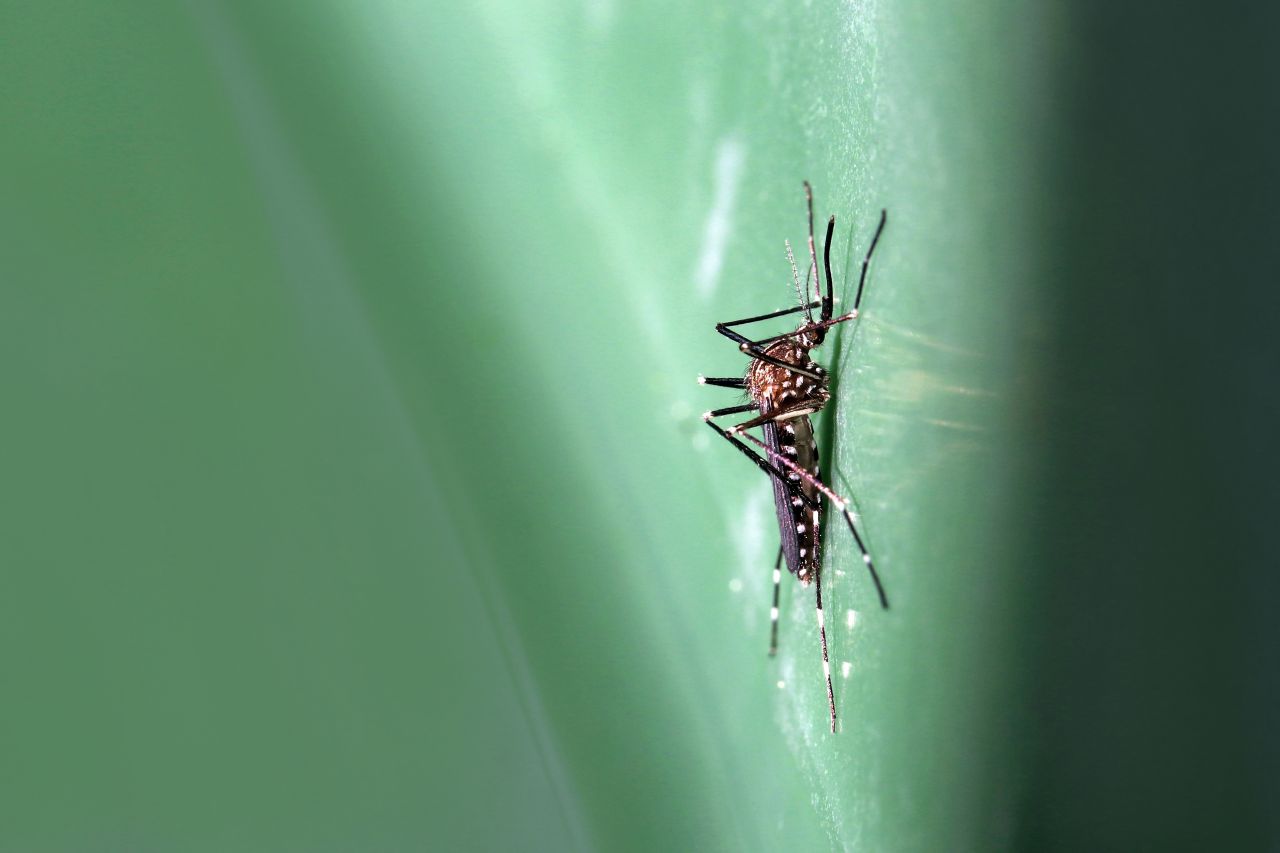
A female Asian bush mosquito is resting on a surface. It requires expert eyes to distinguish them from Asian tiger mosquitoes. Image: Adobe Stock
Aedes japonicus is another invasive mosquito which is endemic (restricted to a certain region) to Japan and Korea. Due to human activities, mainly the import of tires and vehicles that provide safe transport for mosquito eggs, it has spread all over Europe. Its arrival to Switzerland was reported in the Canton of Aargau in 2008; it colonized most of Switzerland in a short time.
Compared to Asian tiger mosquitoes, Asian bush mosquitoes prefer colder temperatures and outdoor biting. Females are aggressive and active during the daylight.
They are not yet associated with any human diseases; however, recent studies show their ability for carrying arboviruses such as the chikungunya, the dengue and the West Nile virus.
Aedes koreicus
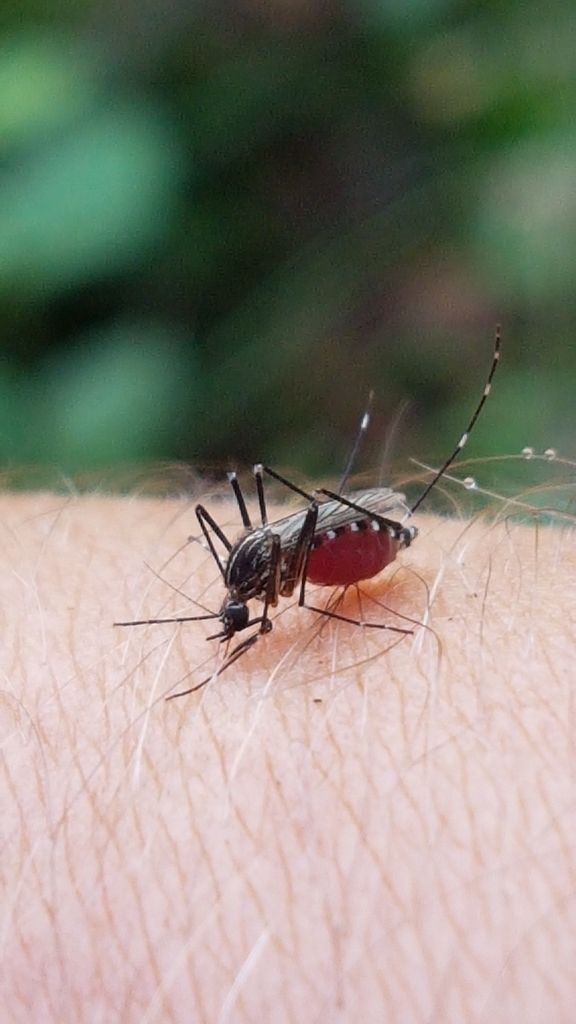
Aedes koreicus is feeding on a human arm. Image: iNaturalist, Daniel Iversen, CC License
Aedes koreicus mosquitoes are endemic to Korea (as the name suggests), Japan and China. Among the three invasive species described here, Aedes koreicus is the least widespread and has only recently arrived in Europe. The first observation of Aedes koreicus in Switzerland was in the Canton of Ticino in 2012. The link between Aedes koreicus and human diseases is not yet entirely clear.
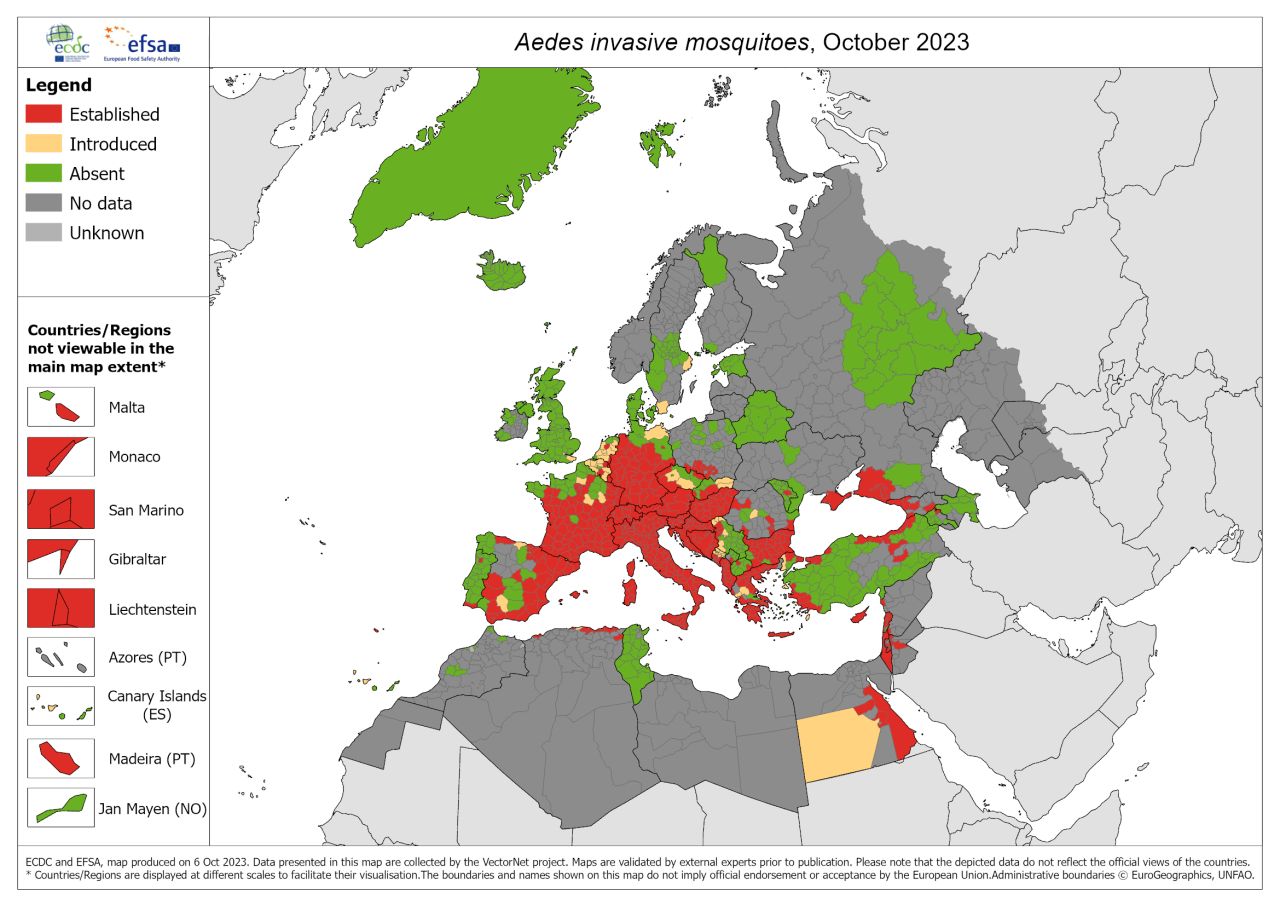
This map shows the invasion status of Aedes mosquitoes in October 2023. The website provides regularly updated maps on the current epidemiological status of selected diseases and the distribution of mosquito species. Image: European Centre for Disease Prevention and Control and European Food Safety Authority
Ways to help as a citizen
Ok … Mosquitoes are after our blood! What can we do to stop them? Combating mosquitoes is no easy task and requires a concerted effort at all levels. To reduce their numbers, every citizen is called upon to act.
Stagnant water is the number one problem, as these overlooked water sources are a perfect place for mosquitoes to lay their eggs. So, observing the potential breeding sites in our balconies and yards, such as birdbaths, plant saucers or rain barrels, would help us detect the presence of mosquito larvae.
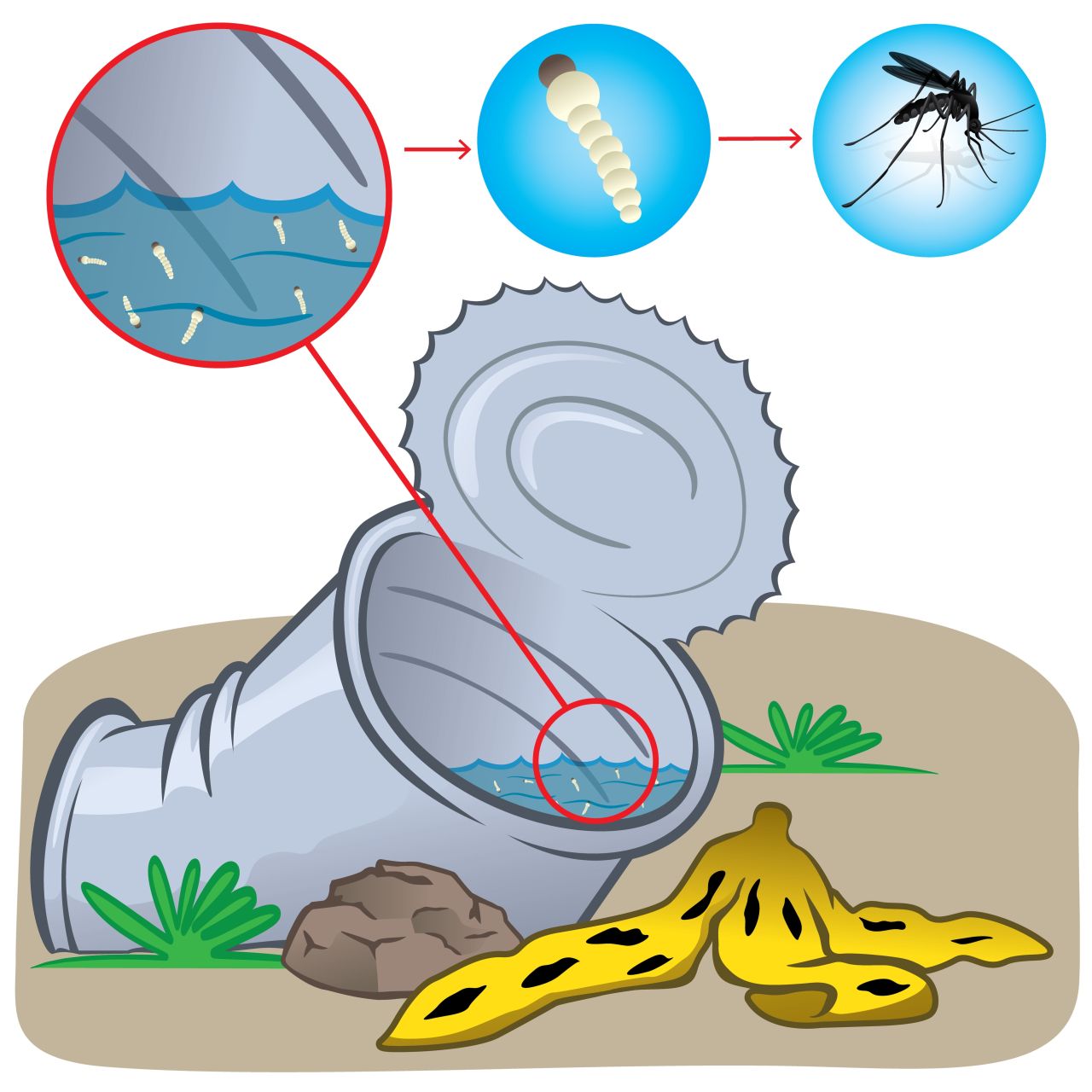
Some of the hotspots for mosquito egg-laying are empty cans, containers, pots. Image: Adobe Stock
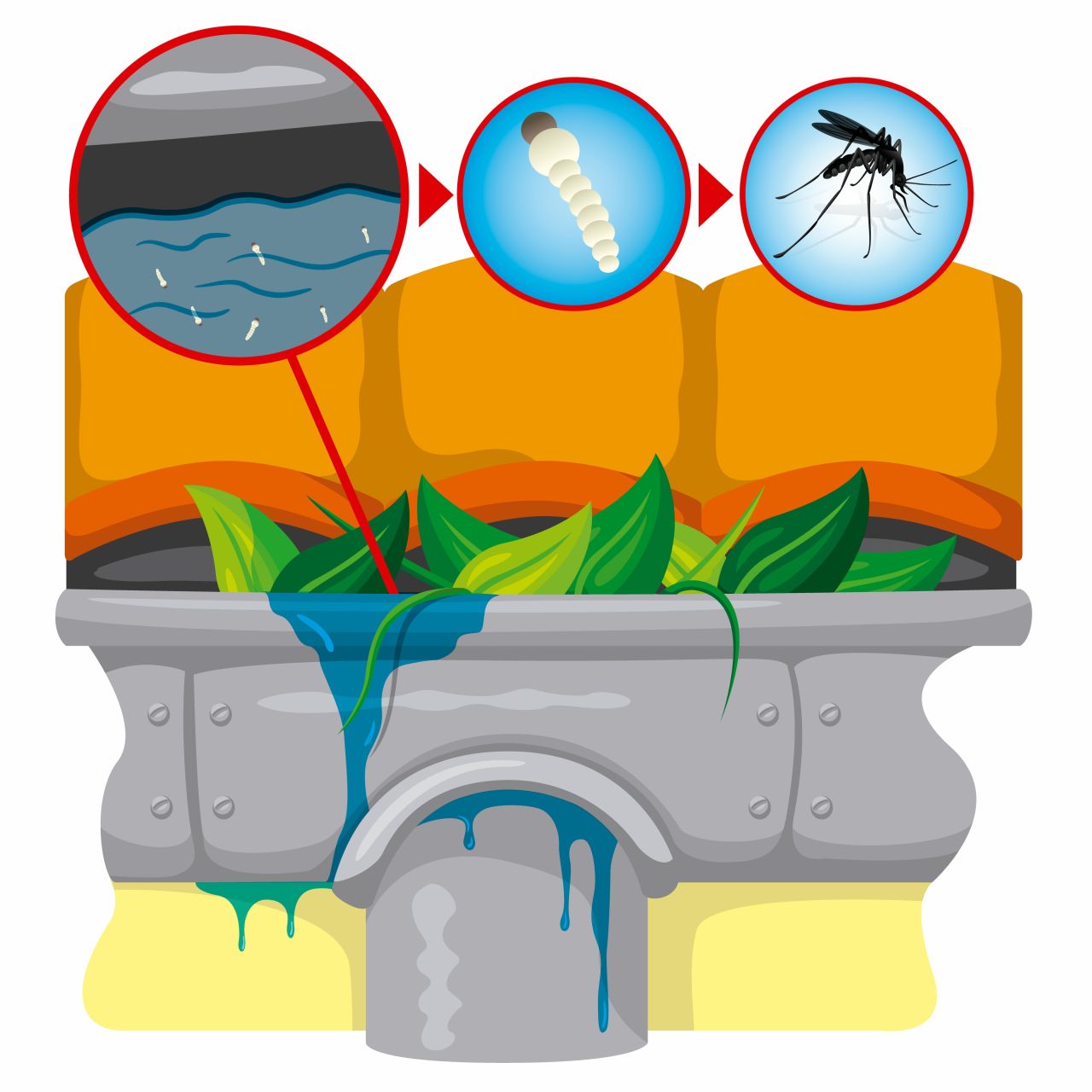
Mosquitoes also lay their eggs in water that collects in rain gutters. Removing leaves that clog these pipes could help to reduce the amount of stagnant water. Image: Adobe Stock

Another place heavily frequented by mosquitoes is abandoned tires. Image: Adobe Stock
If we fail to detect mosquito larvae, then there are still some possibilities to help the scientists. Here are some useful links that may help you to recognize and report invasive mosquito species in Switzerland.
References
Bonizzoni M et al. 2013. The invasive mosquito species Aedes albopictus: current knowledge and future perspectives. Trends Parasitol 29:460–8. https://doi.org/10.1016/j.pt.2013.07.003
Pichler V 2022. Geographic distribution of the V1016G knockdown resistance mutation in Aedes albopictus: a warning bell for Europe. Parasites & Vectors 15(280). https://doi.org/10.1186/s13071-022-05407-3
Schaffner F et al. 2011. Vector competence of Aedes japonicus for chikungunya and dengue viruses. Eu Mosq Bull 29:141-2. https://doi.org/10.5167/uzh-53052
Venturi G et al. 2017. Detection of a chikungunya outbreak in Central Italy, August to September 2017. Eurosurveillance 22(39). https://doi.org/10.2807/1560-7917.ES.2017.22.39.17-00646
